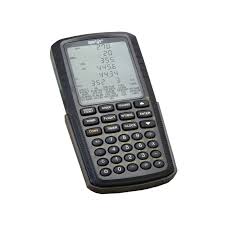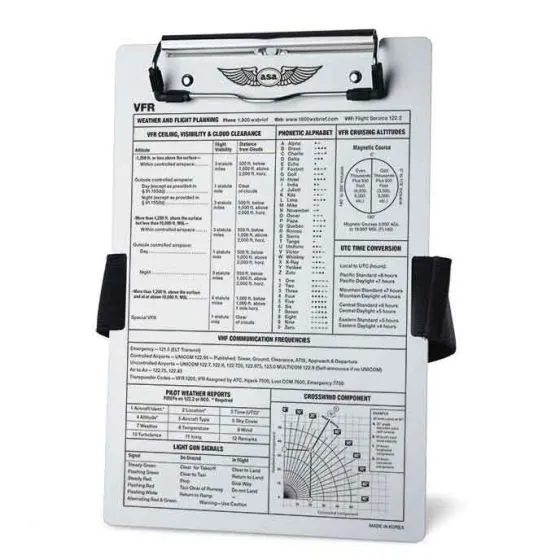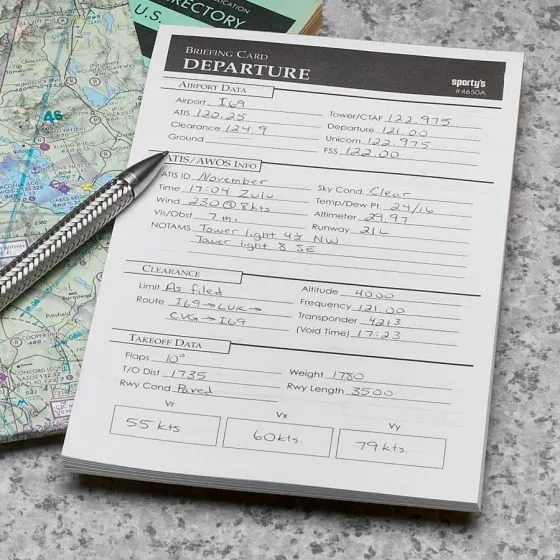Your Private Pilot Prep: Building the Ultimate Study War Chest
- Cody Marcel-Morris

- Dec 8, 2024
- 3 min read
Private Pilot Materials Checklist
Starting your journey as a private pilot involves gathering the right materials to set yourself up for success. The initial phase of training focuses heavily on building foundational knowledge to prepare for your first solo flight and the FAA Private Pilot Written Exam. This knowledge-intensive phase requires you to assemble and familiarize yourself with essential resources. Here are the three key components of your “Study War Chest.”
Building a Study Library –
Pilot’s Handbook of Aeronautical Knowledge
The Pilot’s Handbook of Aeronautical Knowledge (PHAK) is an essential FAA resource that provides a comprehensive overview of fundamental aviation concepts for student and certified pilots alike. Covering topics such as aerodynamics, aircraft systems, weather theory, airspace, and navigation, it simplifies complex subjects with clear explanations, detailed illustrations, and up-to-date information. Whether you're starting your aviation journey or reinforcing your knowledge, the PHAK serves as a cornerstone for flight training and a reliable reference for all stages of a pilot's career.
Airplane Flying Handbook
The Airplane Flying Handbook is an FAA guide that focuses on the practical aspects of flying, providing detailed instructions on flight maneuvers, techniques, and procedures. It covers everything from basic flight controls to advanced maneuvers, emergency procedures, and the principles of safe flight. This handbook is essential for pilots at all levels, offering clear explanations and visual aids to support hands-on training and enhance pilot proficiency.
Aviation Weather Handbook
The Aviation Weather Handbook is an FAA resource designed to help pilots understand and interpret weather phenomena, forecasts, and conditions critical to safe flight. Covering topics like weather patterns, atmospheric dynamics, and aviation-specific forecasting tools, it provides practical guidance for weather-related decision-making during flight planning and operations.
Private Pilot Airplane Airmen Certification Standards
The Private Pilot Airplane Airman Certification Standards (ACS) is an FAA document outlining the knowledge, skills, and abilities required to obtain a private pilot certificate. It serves as the foundation for flight training and the FAA written and practical tests, detailing specific tasks and performance criteria for each maneuver and operation. The ACS provides a structured guide to ensure pilots are proficient in areas like aircraft control, navigation, emergency procedures, and aviation regulations, making it a critical reference for both students and instructors.
Federal Aviation Regulations and Aeronautical Information Manual (FAR/AIM)
The FAR/AIM (Federal Aviation Regulations/Aeronautical Information Manual) is a comprehensive collection of regulations, rules, and guidelines governing aviation in the United States. The FAR section contains the legal requirements set by the FAA, covering everything from pilot certification to aircraft operations, while the AIM provides essential operational information, procedures, and safety practices. Together, the FAR/AIM serves as the authoritative source for aviation laws, regulations, and best practices, helping pilots and aviation professionals ensure compliance and safety in all aspects of flight.
Each of these can be purchased from dozens of online retailers including Amazon.com. However, if you would like to save a few extra dollars and work well with digital format materials, these may all be downloaded for free from the FAA website (linked above for each resource).
Study and Training Tools –
E6B flight calculator (paper or electronic)
Rotating navigation plotter

Chicago Area VFR Sectionals (current publications, these expire frequently)

Online Study Preparation Software
Not all of these resources are necessary at the beginning of your training. Most will become essential during phase II of your private pilot training, which emphasizes cross-country planning and flying. The only resource you should prioritize from the start is a reliable study preparation tool. The four mentioned earlier (not sponsors) are among the most common and dependable options.
Putting together a Flight Bag –
Headset
Bose A20
David Clark
LightSpeed
Kneeboard
A flight bag (can be anything from a small duffel to a backpack)
Sunglasses (non-polarized)
Half-size notepads
Assembling a flight bag isn't a top priority on the first day, but it should be organized before your initial flight lesson. These materials are among the most costly, ranging from several hundred to thousands of dollars. Although you might hesitate to spend extra money, it's generally true in this context that higher-priced items tend to be of better quality. The three brands mentioned are the most common and dependable in the current industry.
Materials gathered, now what?
Acquiring these materials is the first step. The second step involves learning and development. Although these tools are essentially simple, working with your instructor to learn how to use them effectively will ensure your success from the start. Your instructor was once in your position and had to develop study habits and become proficient in using the resources available. Meet with your instructor to learn about the uses and benefits of these tools and how they will contribute to your success when used correctly. They should also be able to provide details on which retailers, brands, and services to use when purchasing and selecting the components of your Study War Chest.
![logo_transparent_background[1].png](https://static.wixstatic.com/media/b05129_bd54d20301e44f7fa33db6d712d9522c~mv2.png/v1/crop/x_176,y_180,w_3056,h_1518/fill/w_143,h_71,al_c,q_85,usm_0.66_1.00_0.01,enc_avif,quality_auto/logo_transparent_background%5B1%5D.png)



















Comentarios